The Cloud has been an important tool for organizations since 2006, when former Google CEO Eric Schmidt coined the term “cloud computing.” Unsure about what exactly it entails? PC Magazine explains, “In the simplest terms, cloud computing means storing and accessing data and programs over the internet instead of your computer’s hard drive.” Nowadays, nearly 94% of organizations surveyed utilize the public cloud for their IT needs, according to SkyQuest. But how does it compare to the private cloud?
1. Public clouds are shared

Hence the name, public clouds utilize shared infrastructure, whereas private clouds utilize an organization’s own infrastructure (circa VMware). Major public clouds like Amazon have a large base of users, but far less security than a private one. Private clouds also have an enhanced performance, as they don’t have to share resources with any other organizations
2. Costs differ in public and private clouds

Though Amazon boasts its’ pay-as-you-go model, it ultimately becomes more expensive as your business grows. It works well as a starting point, but a private cloud is far easier to manage, as you have greater control over the billing. It’s up to you to decide if the services offered in public clouds are worth the complex pricing models.
3. The Hybrid Cloud contains elements of both

The Hybrid Cloud balances the best of the Public and Private Clouds. It divides your workload between a private cloud and a physical server, making it both secure and cost-effective. If the drawbacks of public or private seem to be too much for your organization, perhaps the hybrid model is right for you.
Anxious to know more? Check out our articles “Using the Public Cloud for Business? Why It Might Not Be the Best Decision” or “Benefits of Choosing Private Cloud for Your Business” to see more pros and cons. And be sure to explore our services here at AiNET!
